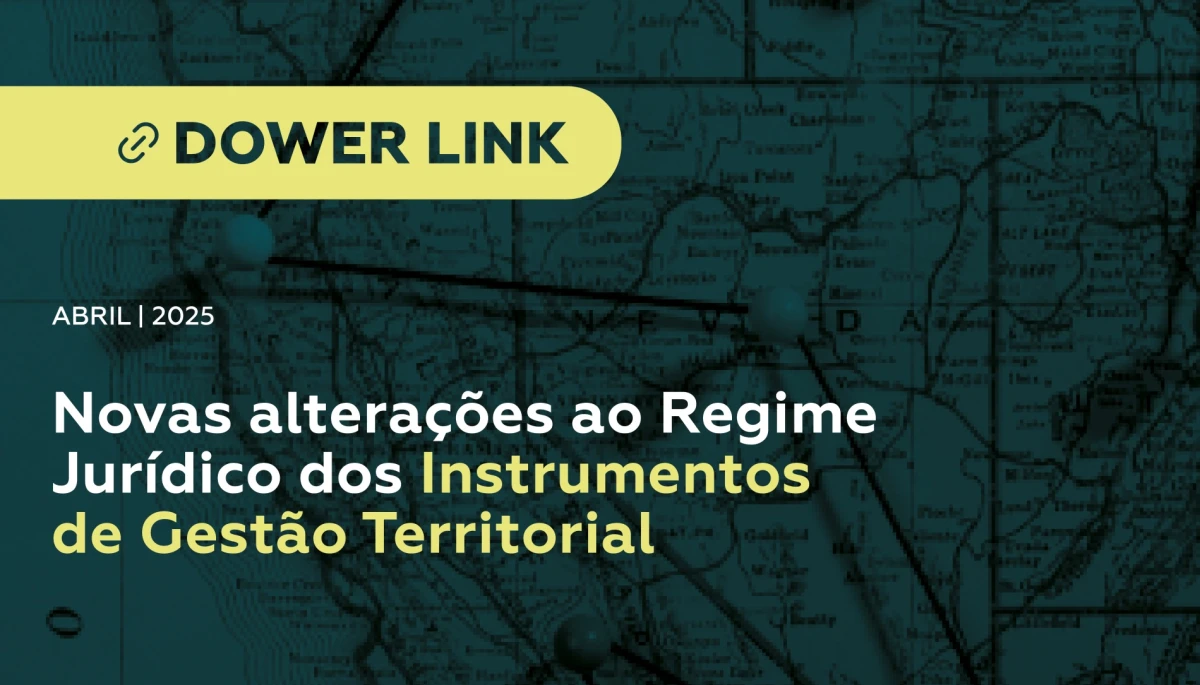
The four-day working week: from model project to possible implementation

If there is one premise that has been the touchstone of the most recent changes to the world of labour relations, it is that all change is possible, even if it means a substantial reformulation of the uses and working models already ingrained in companies.
However, any change requires an in-depth study, complemented by a time trial and an assessment of risks and benefits, in order to culminate in the sustained conviction that such a change is (or is not) beneficial for both parties: Employer and Worker.
This elementary function was developed as part of the "Four-Day Week" Pilot Project, a political initiative of the Ministry of Labour, Solidarity and Social Security of the XXIII Portuguese Government, the effects of which were recently made known through the publication of the results of a study involving various companies and organisations that adopted this model.
In a nutshell, it involves reducing the working day from five to four days, resulting in reductions in weekly working time, with no wage implications and no financial compensation from the state.
Whether it was expected or not, more than 80% of the companies that were subject to the four-day week decided to continue with the model, thus demonstrating the positive effects of its implementation and stimulating innovation for the remaining companies. At the same time, on the workers' side, the experience was even more impactful, with more than 90 per cent expressing their desire to maintain the system, mostly due to the benefits of reconciling work and family life.
In fact, the report states that the majority of the "test companies" did not record any additional costs, and a significant proportion made a profit, without the experiment involving any financial support from the state or a reduction in workers' salaries. What's more, the benefits realised were not limited to the companies' accounting repercussions, but extended to productivity and workers' well-being.
However, for the more sceptical, one could justifiably ask about the ways in which the short-time working system is implemented, as well as the main advantages or unavoidable risks involved. It is to be expected that the very nature of the change and the widespread unfamiliarity with the measure will always be the first obstacle to overcome, despite the fact that the change involves a considerable reorganisation of the way we work.
The main advantages of the model under study are the increase in productivity due to the concentration of services, as well as the increased attractiveness of employers in the labour market, which naturally adds to the reduction in costs with the companies' daily expenses (water, electricity, telephone, office supplies).
On the workers' side, as well as reconciling work with family life, there has been a noticeable reduction in absenteeism, a reduction in the impact on mental health (such as exhaustion) and the unavoidable flexibility in carrying out domestic or personal tasks.
On the opposite side of the (uneven) scales, there are issues related to the demand for a greater workload on working days, the difficulty in managing any absences on the part of workers and, above all, the lack of a legal framework for this new working format: maximum limits on working hours, excessive use of overtime and the possible implications for calculating amounts that include actual work, such as the food allowance.
Also in this context, we cannot disregard companies whose adaptability to shorter working hours will be hindered from the outset by the obligation to provide daily services, requiring a radical change in logistics, operations and production that does not involve "just" reformulating the way they work, thus manifesting an impractical change or a risk that these companies are not yet willing to test.
The results of the study, although experimental, reveal undeniable benefits of the reduced working day regime. It now remains to be seen whether, on the one hand, this is indeed the starting point for its implementation, and, on the other, what effects it will have in the long term.
To this end, and disregarding the natural adherence on the part of companies, the four-day working regime is proving to be a worthy challenge for the legislator, with the daunting task of complementing the lack of legal framework attached to the regime.
In this context, and as the study shows, the fundamental role of the state as the main instigator of the measure could be reconciled with the adoption of the scheme, namely through the granting of tax incentives to companies or the release of some bureaucratic obligations.
One way or another, we essentially believe that this measure is more than a mere promotion of workers' well-being, and its implementation, at an introductory stage, will always be at the choice of the Employer, without prejudice to it proving so attractive that the latter voluntarily gives in to its realisation.



